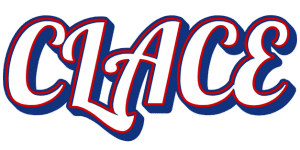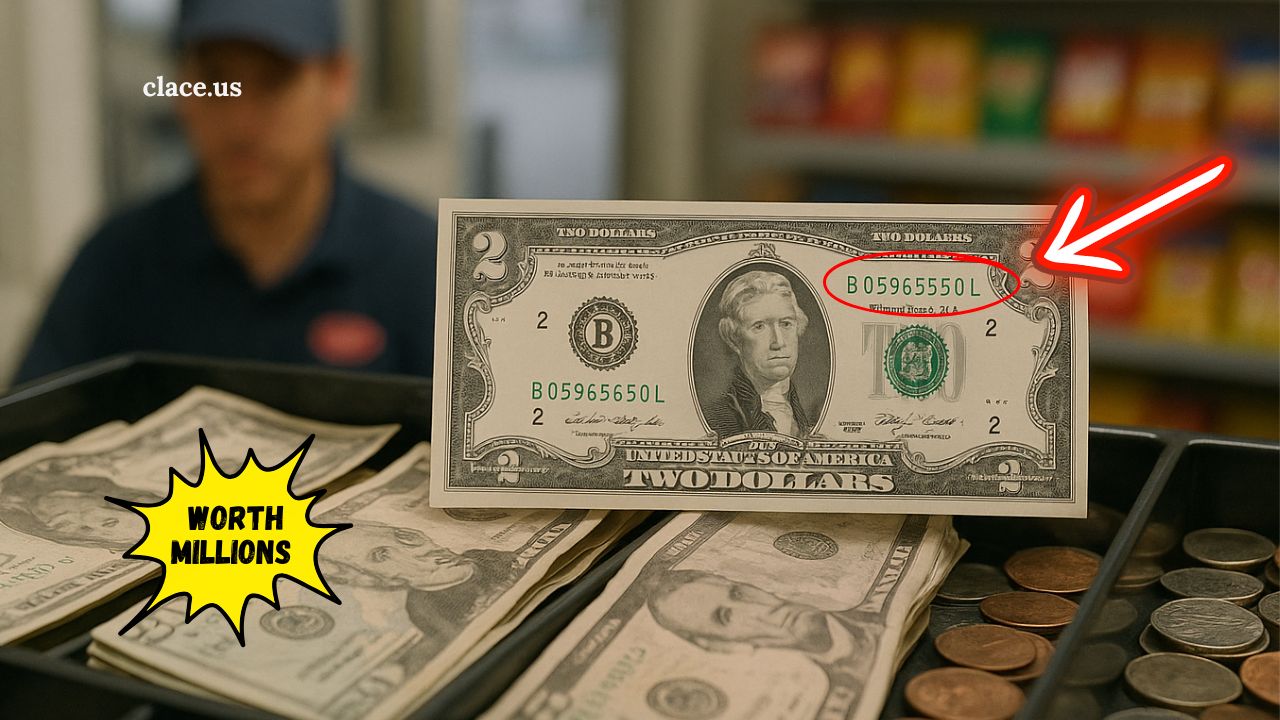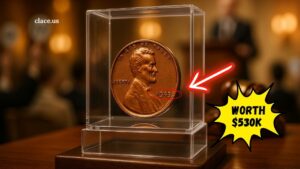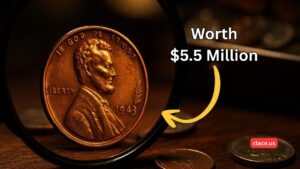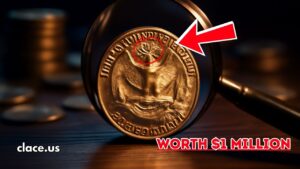This Rare $2 Bill From Your Gas Station Change Could Be Worth Millions
The humble $2 bill has long been overlooked in daily transactions, often dismissed as an oddity or tucked away as a keepsake.
Yet for collectors and savvy individuals, certain $2 bills are worth far more than their face value—sometimes even reaching into the thousands or millions of dollars.
Rare editions, error notes, and unique serial numbers can transform what looks like pocket change into a collector’s dream. Here’s how to identify whether your $2 bill is a hidden treasure.
What Makes a $2 Bill Valuable?
Not every $2 bill is worth more than $2, but the right combination of rarity and condition can make some exceptionally valuable. The main factors include:
- Age and rarity: Bills printed in the 1800s and early 1900s are among the most valuable.
- Serial numbers: Ultra-low numbers (like 00000001), repeaters, ladders, and Star Notes with a ★ symbol can command huge premiums.
- Printing errors: Misprints, double serials, crooked numbers, or other unusual printing mistakes make bills highly collectible.
- Condition: Crisp, uncirculated notes fetch significantly higher values than bills with folds, tears, or stains.
Value Examples at a Glance
| Type of $2 Bill | Estimated Value Range |
|---|---|
| Pre-1976 uncirculated or antique bills | $500 – $4,500+ |
| Modern bills with very low serials | $2,000 – $4,000+ |
| Star Notes and error bills | $400 – thousands |
Famous Types That Collectors Seek
- Pre-1976 Issues – Notes from the 1800s and early 1900s are highly collectible, especially in uncirculated condition.
- Low Serial Numbers – Bills numbered 00000001 or other unique patterns (like 12345678) can sell for thousands.
- Star Notes – Replacement bills marked with a ★ are rare and desirable.
- Error Bills – Notes with crooked or mismatched serial numbers can sell for hundreds to thousands of dollars.
How to Spot a Rare $2 Bill
- Check the date: Anything before 1976 may hold extra value, especially if in excellent condition.
- Look at the serial number: Low, repeating, or laddered numbers, as well as star symbols, make a note unique.
- Inspect for errors: Misprints, ink smudges, or off-center printing increase value.
- Evaluate condition: The closer the bill is to uncirculated, the higher its potential value.
- Get it graded: Certified grading ensures authenticity and condition, raising collector confidence.
Why the $2 Bill Feels Rare
First introduced in 1862, the $2 bill was always printed in smaller numbers than other denominations. Production was halted in the 1960s before being reintroduced in 1976, fueling its reputation as a novelty.
Today, while they’re still technically in circulation, most people treat them as collectibles rather than spending them. This perception of rarity adds to their mystique and demand.
Quick Recap
| Key Factor | Impact on Value |
|---|---|
| Old printing date | Higher potential worth |
| Unique serial numbers | Increases collector interest |
| Star symbol (★) | Marks replacement note, rare value |
| Errors in printing | Scarcity makes it highly valuable |
| Condition | Mint/uncirculated fetch top prices |
A $2 bill might look like ordinary change from a gas station, but the right combination of age, rarity, serial number, or error could make it worth a fortune.
While most modern bills remain at face value, it only takes one rare note to turn a small piece of paper into a life-changing payday.
So the next time you come across a $2 bill, don’t ignore it—take a closer look. You might just be holding a collector’s treasure.
FAQs
Yes—exceptionally rare historical bills or unique error notes have sold for extraordinary amounts, though most are valued in the thousands.
Star Notes are replacement bills issued when an original sheet is damaged. They are much rarer than regular notes and highly collectible.
If it’s a modern bill with no special features, it’s worth $2. But rare editions, errors, or special serial numbers should always be kept or appraised.
